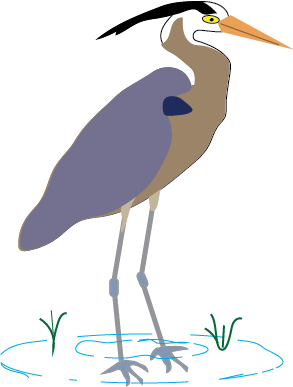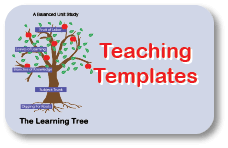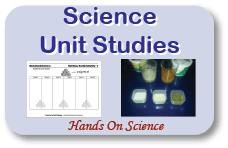Composition of the Sun
The Sun's Composition Worksheet
What is the sun made out of? What does it produce? Play a guessing game and see how much your students can use their knowledge of chemistry and energy to learn about the composition of the sun.
Free Download Below
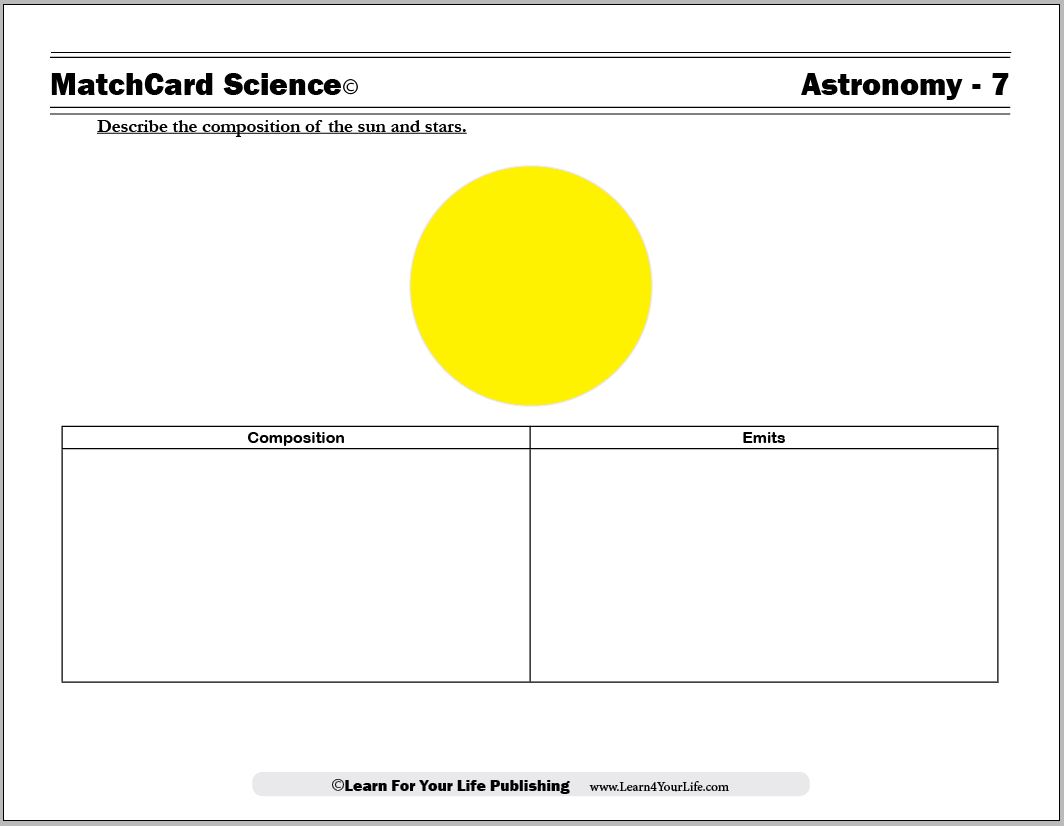
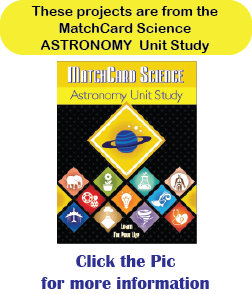
Solar Composition MatchCard
Objective: Describe the composition of the sun and stars.MatchCard: Download below.
Students identify the two major elements in the sun's composition and identify two forms of energy produced.
Download and Use the Sun's Composition MatchCard


Click image to go to download.
This is MatchCard #7 of the Astronomy Unit Study. Find more information on MatchCard Science below.
What's The Sun Made Of?
Start with a guessing game. Ask what the sun is made out of. You might get guesses like "fire" or "heat."After they have exhausted their guessing (or got the right answers) show them the chart on the instructor's key for Astronomy MatchCard #6 (download below.)
The mass of the sun is approximately 91% hydrogen and 8% helium.
If your students have done the Chemistry MatchCard Unit Study or other chemistry unit, let them review what they know about hydrogen and helium atoms.
Hydrogen and helium account for 99% of the sun's mass. What is the other 1% made out of? Oxygen, carbon, nitrogen, and neon make up a hefty chunk of that tiny little bit that is left.
That 1% isn't much, is it? Well, actually, that one percent accounts for a greater mass than all of our planet. Can you make some educated guesses what might happen if those trace elements were NOT in the sun?
You might want to do an internet search for other elements in the sun. Use a periodic chart and mark which elements have been discovered in the sun.
Compare the sun's composition to the composition of other stars which are studied through spectroscopy.
The Sun Emits What?
Let's go back to our guessing game.We know a little about what the sun is made of. Now, let's guess what the sun gives off.
That's a little easier. The two main things we think of are heat and light.
Heat
The sun is the source of heat for the Earth. It has a temperature of approximately 6000 degrees celsius. That is hot enough to evaporate iron, steel, gold and every other substance on Earth.You might like to compare our sun's temperature to that of other stars. I don't know about you, but once you start turning iron into a gas I tend to think it is hot enough without looking for a warmer destination.
Electro-Magnetic Radiation
We tend to appreciate the light from the sun more than we do the other forms of electro-magnetic radiation. But in addition to light, we are getting gama rays, x-rays, and radio waves from the sun. Only a small portion of the sun's radiation comes to us as light waves.Exploring Heat and Light
We have other unit studies which explore the properties of heat and light. But since we are talking about the sun right now, your students might like to experiment with these now.Measuring Heat
You will need two thermometers and (preferably) a sunny day.Put one thermometer in the shade and one in the sun.
Okay, okay - they already know which one will be hotter. But can they predict how much hotter? They will have more fun with this in our weather unit study.
Sun Prints
You can buy sun print paper, or you can use black construction paper to make a sun print. Arrange leaves, acorns, and other objects on the paper and leave in the direct sunlight. The shows how the light waves penetrated the earth's atmosphere but not the objects on the paper. Now, think of what sun block does to ultraviolet radiation.Spectroscope: Mapping A Star's Fingerprints
If you have a spectroscope, let students use it to view different light sources. Scientists use spectroscopes to study the composition of stars. Obviously, they have using much more powerful spectroscopes than we are likely to have in our homes or classes.
Make A Spectroscope
From A Kit
You can aquire a spectroscope kit for less than $5 dollars. This allows a student to make their own spectroscope and understand how it works.
Spectroscope From Scratch
If you don't have a spectroscope kit, you can still make one, and it isn't nearly as intimidating as it sounds. You will need:- Paper towel or toilet paper cardboard tube
- Old CD that you can destroy (or a diffraction grating like the one listed to the side)
- Tape
- Utility knight
- Box
- Aluminum Foil
- Black spray paint (optional)
MatchCard Science
How To Use MatchCards

Download the FREE MatchCard Science Instructor's Guide and see how MatchCards can make building their science knowledge base fun.
Astronomy Unit Study
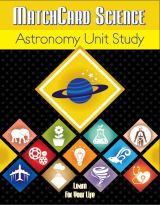
Explore the universe with the MatchCard Science Astronomy Unit Study..
12 Science Unit Studies

Chemistry is only one of twelve complete unit studies for kids in 3rd to 8th grade.
Comprehensive objectives, hands-on projects, suggested science fair experiments, and the fun game-like MatchCards keep them interested in learning science. See all twelve MatchCard Science Unit Studies.
About Our Site
Hands-On Learning
